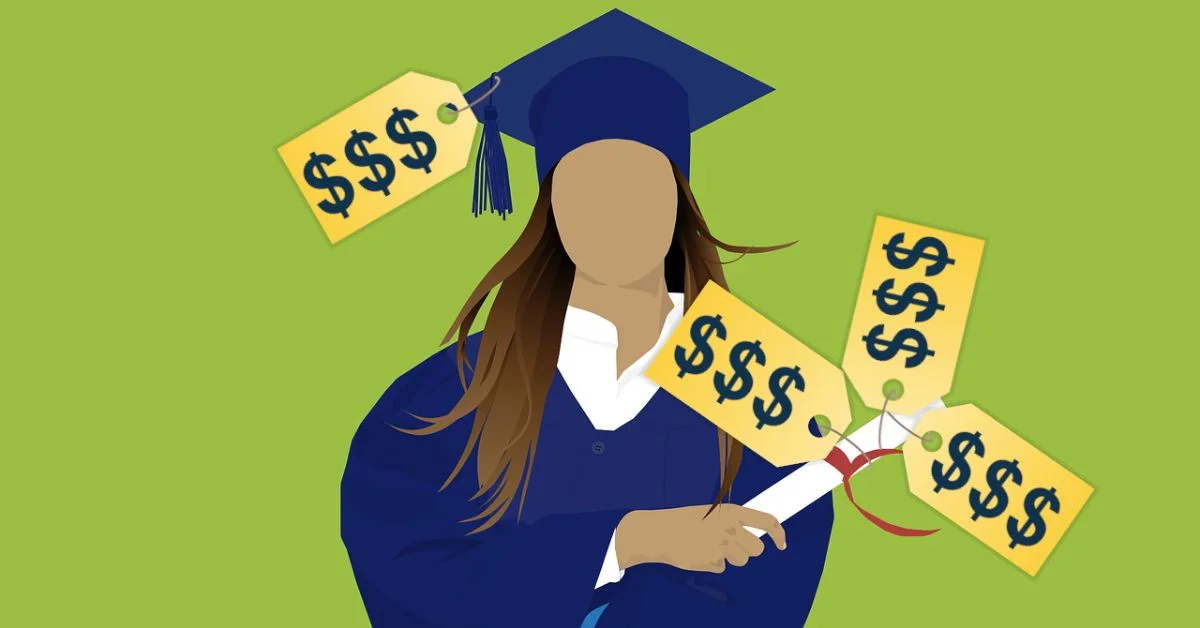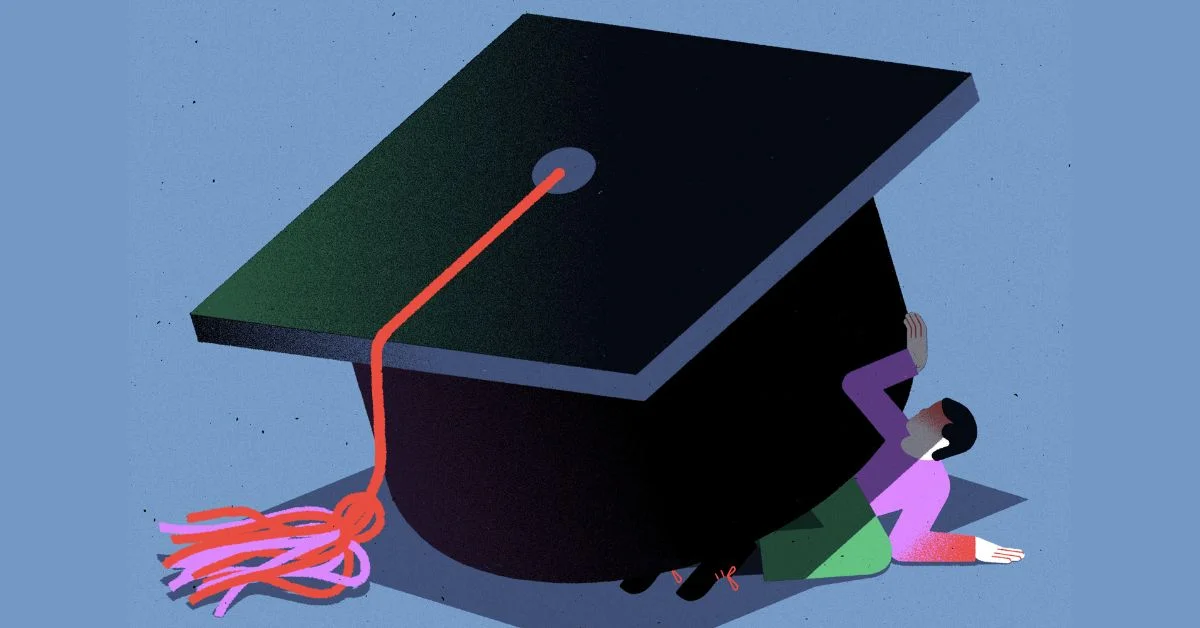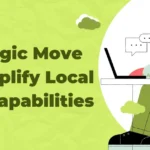As education costs continue to rise, student loans have become an integral part of financing higher education for millions of individuals worldwide. While these loans open the doors to educational opportunities, they also come with a set of challenges and considerations that can impact borrowers for years to come.
In this comprehensive guide, we will delve into the intricacies of student loans, offering insights into types of loans, repayment options, potential pitfalls, and strategies for managing this financial commitment effectively.
Understanding Student Loans: A Financial Necessity:
1. Types of Student Loans:
- Federal Loans: These loans, offered by the U.S. Department of Education, include Direct Subsidized and Unsubsidized Loans, PLUS Loans, and consolidation loans. Federal loans typically offer more flexible repayment options and lower interest rates.
- Private Loans: Provided by private lenders, these loans are an alternative for students who need additional funds beyond what federal loans cover. Private loans may have higher interest rates and fewer repayment options compared to federal loans.
2. Interest Rates and Terms:
- Fixed vs. Variable Rates: Federal loans typically have fixed interest rates, while private loans may offer both fixed and variable rates. Fixed rates remain constant throughout the loan term, providing predictability. Variable rates, on the other hand, may fluctuate based on market conditions.
- Loan Terms: The repayment period for federal loans is generally 10 years, but extended and income-driven repayment plans are available. Private loans may have varying terms, and borrowers should carefully review the terms and conditions before committing.
3. Borrower Eligibility:
- Federal Loans: Eligibility for federal loans is determined by factors such as financial need, enrollment status, and satisfactory academic progress. The Free Application for Federal Student Aid (FAFSA) is a key tool in the federal loan application process.
- Private Loans: Private lenders assess eligibility based on creditworthiness. Students with limited credit history may require a co-signer, often a parent or guardian, to secure a private loan.

Navigating the Loan Application Process:
1. Completing the FAFSA:
- The FAFSA is the gateway to federal financial aid, including grants, work-study opportunities, and loans. It is crucial for students to complete the FAFSA accurately and promptly each academic year to access available financial aid options.
2. Comparing Loan Offers:
- Once students receive financial aid offers, it’s essential to carefully compare loan terms, interest rates, and repayment options. Federal loans are generally more favorable, so students are encouraged to maximize federal aid before considering private loans.
3. Understanding Repayment Obligations:
- Prior to accepting any loan, borrowers must fully understand their repayment obligations. This includes knowing the grace period (the time between graduation and the start of loan repayment) and being aware of potential deferment or forbearance options in case of financial hardship.
Managing Student Loan Repayment: A Roadmap to Financial Success:
1. Repayment Plans:
- Standard Repayment: This plan features fixed monthly payments over a 10-year period, ensuring that borrowers pay off the loan efficiently.
- Graduated Repayment: Payments start lower and increase every two years. This plan is suitable for borrowers who anticipate their income will rise over time.
- Income-Driven Repayment (IDR): These plans set monthly payments based on the borrower’s income, family size, and loan type. Popular IDR plans include Income-Based Repayment (IBR), Pay As You Earn (PAYE), and Revised Pay As You Earn (REPAYE).
2. Loan Forgiveness Programs:
- Public Service Loan Forgiveness (PSLF): Borrowers working in qualifying public service jobs may be eligible for forgiveness of remaining loan balances after making 120 qualifying monthly payments under an eligible repayment plan.
- Teacher Loan Forgiveness: Teachers serving in low-income schools may qualify for forgiveness of up to $17,500 on Direct Subsidized and Unsubsidized Loans.
3. Refinancing and Consolidation:
- Refinancing: Borrowers with strong credit may consider refinancing their student loans to secure a lower interest rate. However, refinancing federal loans into a private loan forfeits federal benefits like income-driven repayment plans and loan forgiveness.
- Consolidation: Federal loan consolidation combines multiple federal loans into a single loan, simplifying repayment. While it can extend the repayment period, it may result in a slightly higher overall interest cost.
Avoiding Common Pitfalls: Proactive Steps for Financial Wellness:
1. Borrowing Responsibly:
- Only borrow what is necessary to cover educational expenses. Be mindful of the potential long-term impact of student loan debt on your financial future.
2. Budgeting and Financial Literacy:
- Develop strong budgeting skills to manage income and expenses effectively. Financial literacy empowers borrowers to make informed decisions about their loans and overall financial health.
3. Staying Informed:
- Regularly check loan statements, stay informed about changes in loan terms, and understand available repayment options. Ignorance of loan details can lead to missed opportunities for loan forgiveness or income-driven repayment.
4. Emergency Fund Planning:
- Building an emergency fund can provide a financial safety net, reducing the likelihood of turning to credit cards or loans during unexpected expenses.

Conclusion:
Student loans are a significant aspect of many individuals’ educational journeys, shaping financial landscapes for years after graduation. Navigating the student loan landscape requires careful consideration, proactive planning, and ongoing financial education.
By understanding the various types of loans, exploring repayment options, and taking steps to avoid common pitfalls, borrowers can embark on a journey toward financial wellness.
Remember, the decisions made today can have a lasting impact on financial stability and freedom tomorrow. With careful planning and informed choices, borrowers can navigate the student loan landscape successfully and build a foundation for a financially secure future.










